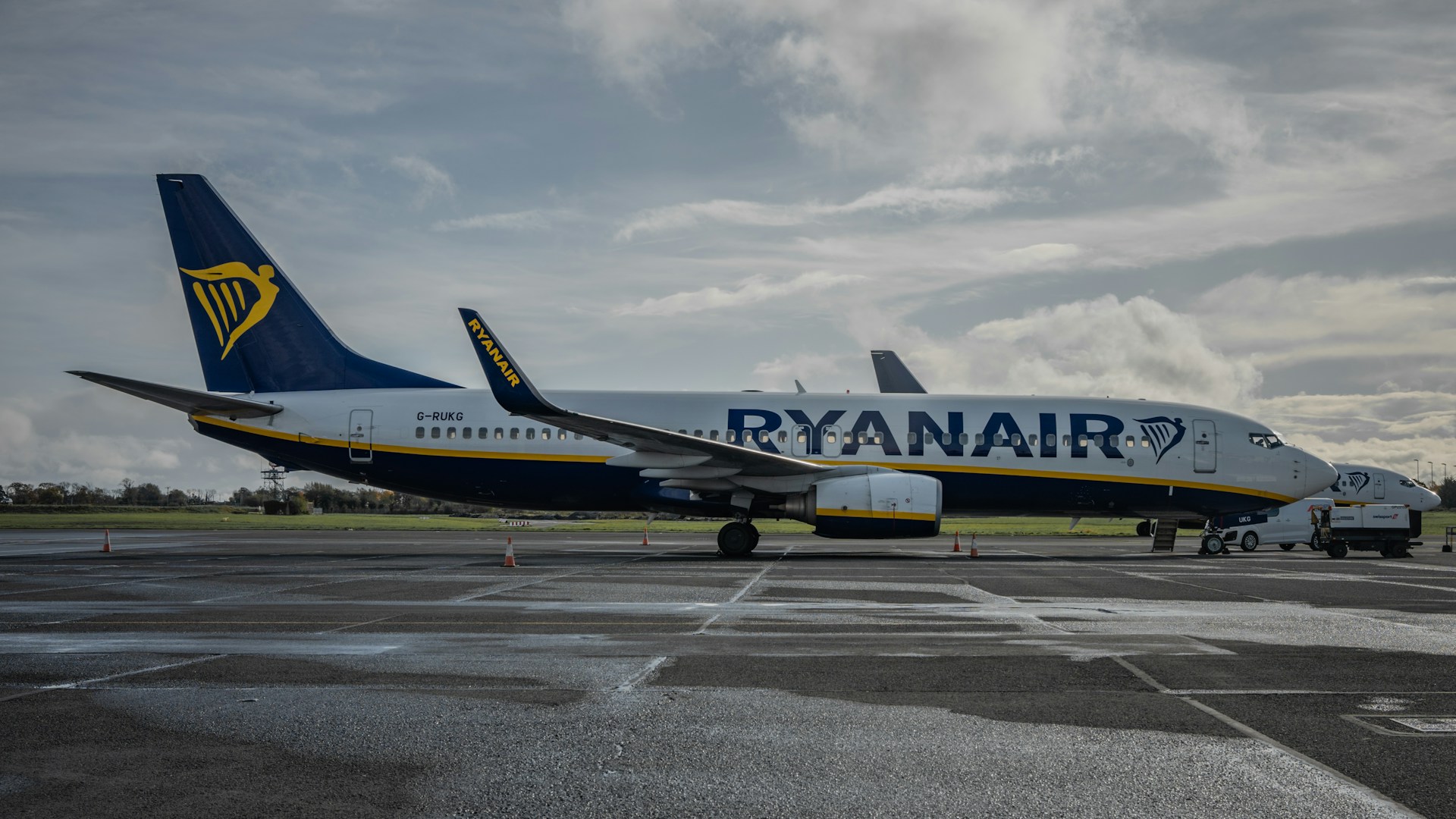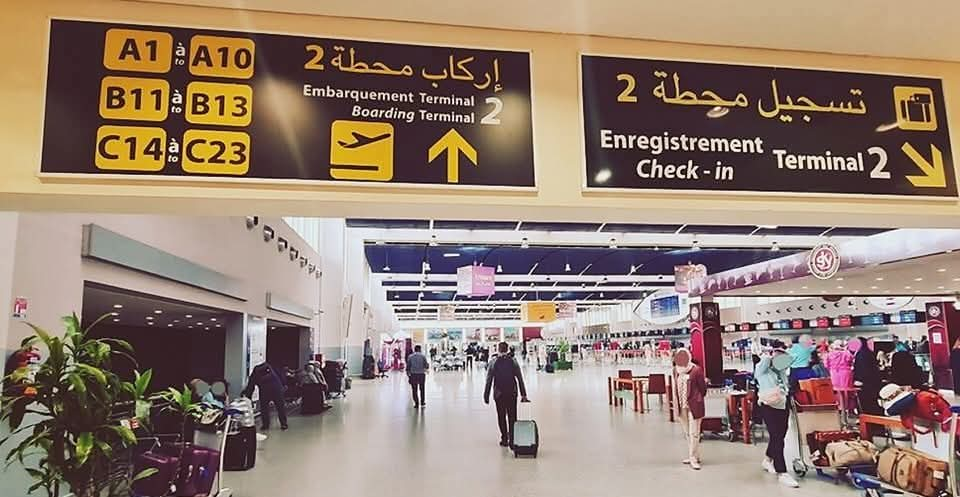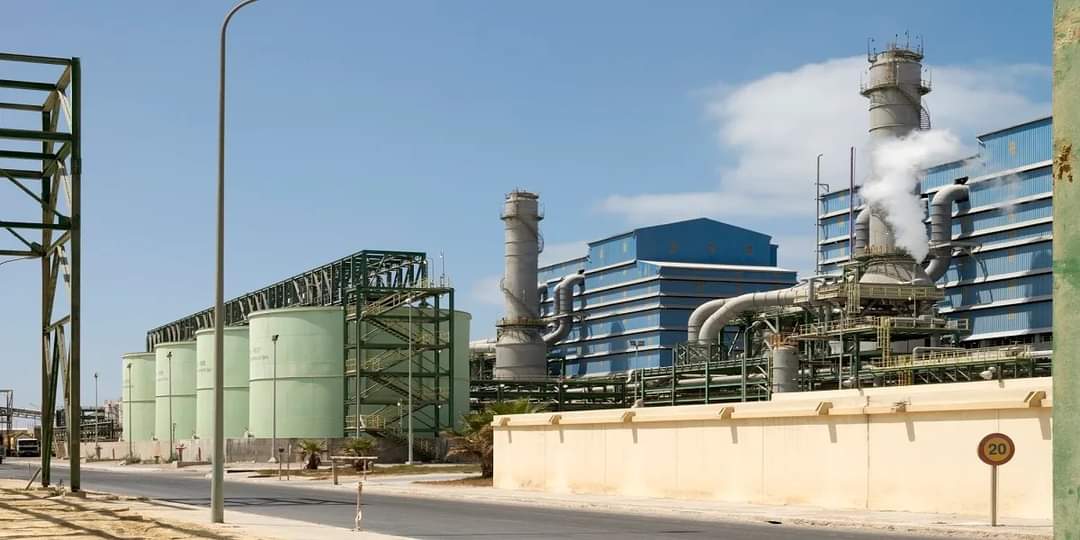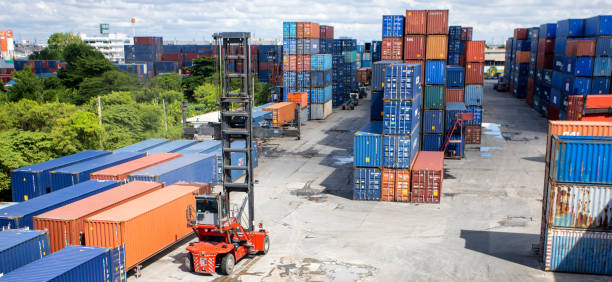Casablanca – The Office National des Aéroports (ONDA) has announced its ambitious “Airports 2030” strategy, a comprehensive plan designed to modernize Morocco’s aviation infrastructure, improve passenger experience, and enhance the country’s global connectivity. This initiative aims to support the projected increase in air traffic, facilitate economic growth, and prepare the country for major international events, including the 2030 FIFA World Cup.
Addressing growing air traffic and future demands
Morocco’s aviation sector has experienced significant growth in recent years. Passenger traffic increased by 32% in 2023 and 21% in 2024, with 33 million travelers passing through the country’s 25 airports last year, including 29 million international passengers. Some major airports, such as Casablanca, Marrakech, Agadir, and Tangier, are approaching full capacity.
Royal Air Maroc (RAM), Morocco’s national carrier, is also undergoing a rapid expansion. It plans to increase its fleet from 50 to 200 aircraft by 2037, with over 100 planes operational by 2030. To accommodate this growth, Morocco’s airport infrastructure must be significantly upgraded. The 2030 FIFA World Cup, which Morocco will co-host, further underscores the need for modern, high-capacity airport facilities to welcome an influx of visitors.
Major infrastructure developments
To support increasing demand, ONDA has outlined a series of major airport expansions:
- Casablanca Mohammed V International Airport: Capacity will increase from 14 million to 35 million passengers by 2029, reinforcing its role as a global hub connecting Africa, Europe, Asia, and the Americas. A new terminal, additional runway, and an upgraded air traffic control tower will be built, along with improved intermodal connections such as the integration of the upcoming high-speed rail (TGV) network.
- Marrakech, Agadir, Tangier, and Fès Airports: These facilities will double their passenger capacities through terminal expansions and upgrades to support rising tourism and business travel.
- Rabat and Tétouan Airports: Expansion projects are already underway, with Rabat’s extension set for completion in 2025 and Tétouan’s by 2027.
These developments aim not only to address capacity challenges but also to position Morocco as a key aviation hub bridging Africa, Europe, and beyond.
Enhancing passenger experience and digital transformation
A critical component of “Airports 2030” is the complete transformation of the passenger experience. ONDA aims to modernize airports into intelligent, traveler-friendly environments by introducing:
- Faster security and passport control: Streamlining passenger flow through improved border control technology and optimized check-in procedures.
- Advanced baggage handling systems: Ensuring quicker, more efficient luggage processing.
- Digitalization of airport services: Implementing contactless check-in, self-service kiosks, biometric scanning, and mobile app integration for a smoother journey.
- Upgraded commercial and hospitality areas: Expanding duty-free zones, lounges, and dining options to improve traveler comfort.
The goal is to align Morocco’s airports with global best practices, ensuring world-class efficiency and convenience.
Institutional and Operational Transformation
Beyond infrastructure and customer experience, ONDA is undergoing structural and governance reforms to improve efficiency and financial sustainability.
- Transition to a joint-stock company (SA): This change would grant ONDA greater flexibility in investment decisions and operational management.
- Strengthening human capital: The agency plans to train and recruit new talent, ensuring its workforce is equipped with the latest aviation and technology skills.
- Collaborations with key partners: ONDA is working closely with national security agencies, customs authorities, and the ministries of transport and interior to streamline airport operations and enhance safety protocols.
Preparing for the future of Moroccan aviation
“Airports 2030” is more than just an infrastructure expansion; it is a comprehensive modernization plan aimed at positioning Morocco as a leading aviation hub. With massive upgrades to airport capacity, a shift toward digital transformation, and governance reforms, ONDA is ensuring that Moroccan airports meet the highest international standards.
“Our vision is to create a seamless, world-class airport experience that reflects Morocco’s hospitality and ambition,” said Adel El Fakir, Director-General of ONDA.
As Morocco prepares for a future of increased air travel, economic expansion, and global tourism growth, “Airports 2030” sets the stage for a new era in the nation’s aviation sector.
















